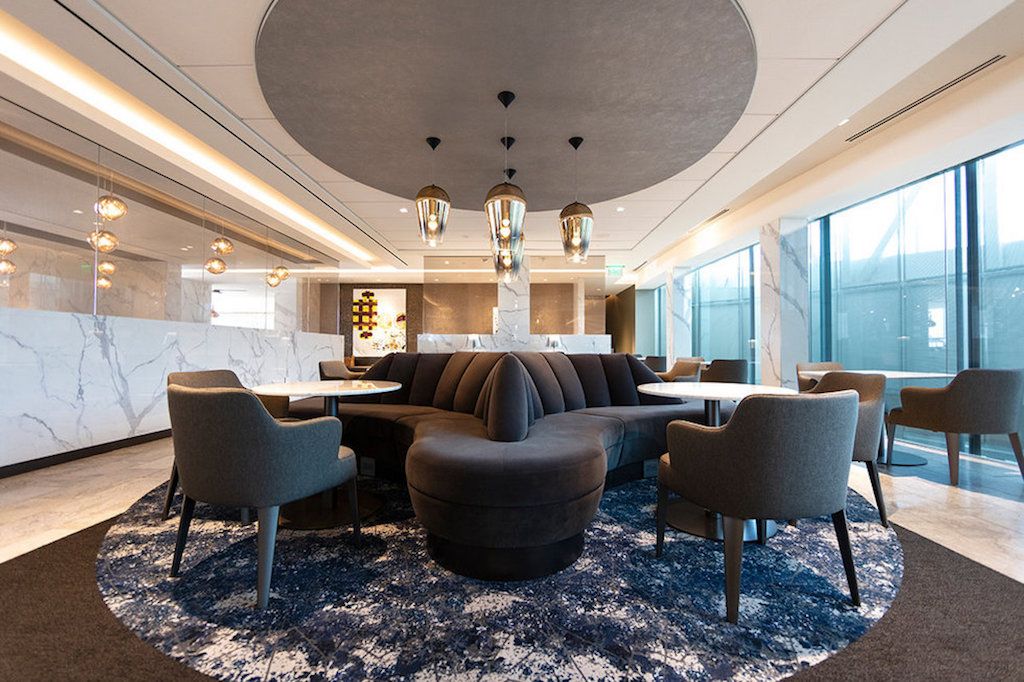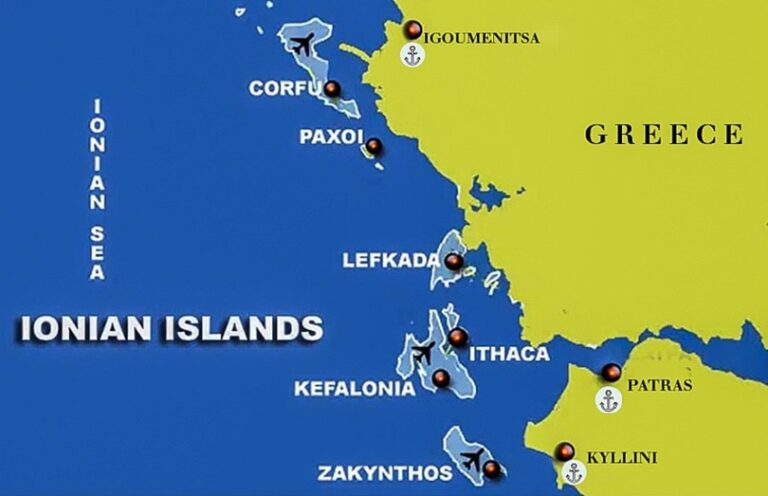Travelers seeking an oasis of tranquility amid the chaos of airport terminals are increasingly flocking to airport lounges, drawn by the promise of complimentary food, drinks, and a chance to unwind. What was once a privilege reserved for an exclusive few has now become a trend embraced by millions of passengers. Armed with high-end rewards credit cards and years of big spending, travelers are gaining access to these luxurious lounges, presenting both an opportunity and a challenge for airlines and credit card companies. This article explores the growing popularity of airport lounges, the evolving dynamics of access, and how companies are striving to maintain a delicate balance between exclusivity and accessibility.
Airport lounges have evolved from hidden enclaves of exclusivity into bustling hubs that cater to the masses. Complimentary access is granted to top frequent flyers and specific credit card holders, making the luxurious experience attainable for many. However, as the demand for access surged, airlines and credit card companies had to navigate the challenge of striking the right balance between exclusivity and accessibility.
Delta Air Lines’ Sky Club lounges and the credit cards providing entry to these havens of comfort grew so popular that customers began to complain about overcrowding and long lines. In response, Delta implemented restrictions, which included curbing access for employees, setting time limits, and imposing annual visit limits for many credit card holders. Yet, these measures also drew criticism for being too stringent, prompting Delta to reconsider some of these changes.
Delta’s Chief Customer Experience Officer, Allison Ausband, emphasized that the lounges were not primarily a profit center for the airline but an investment in enhancing the premium experience for its customers. The growth in revenue from premium products like business class has outpaced that of main cabin economy, indicating the significance of providing these amenities.
To accommodate the surging demand, airlines such as Delta, United Airlines, and American Airlines are investing in the construction of more lounges, including larger spaces. They have also begun to categorize lounges into different tiers, such as express clubs for tight connections and premium lounges for top-tier customers on long-haul international routes. These steps aim to optimize space usage and maintain a balance between accessibility and exclusivity.
Credit card issuers, including JPMorgan Chase, Capital One, and American Express, have recognized the allure of airport lounges as a valuable tool to attract and retain high-spending customers. They have begun opening their lounges in airports, enhancing the traveler’s experience.
Capital One’s Capital One Venture X cardholders pay an annual fee for unlimited access to the company’s lounges, offering an attractive proposition for high-spending travelers. Chase has opened its own lounges at various airports in the U.S., making them accessible to customers with specific credit cards.
The airport lounge craze represents a transformation in the way passengers experience air travel. What was once reserved for the elite is now accessible to many, thanks to the growing popularity of high-end
(Source: Leslie Josephs | Erin Black | Ryan Baker | CNBC)







